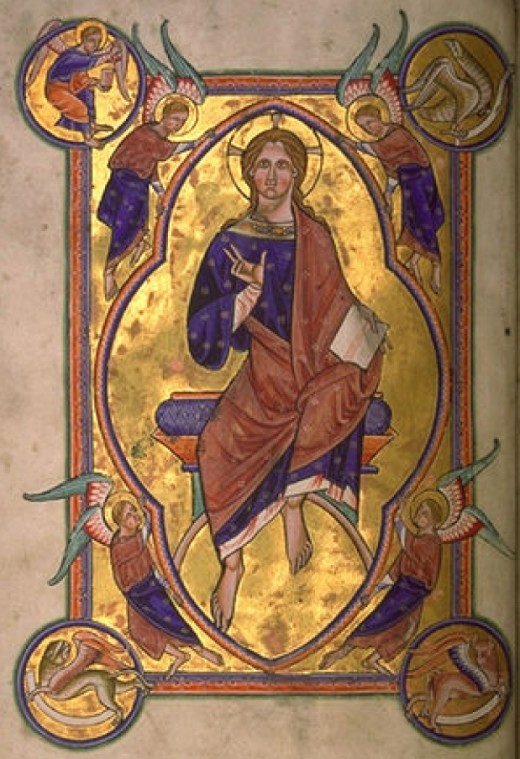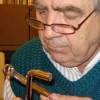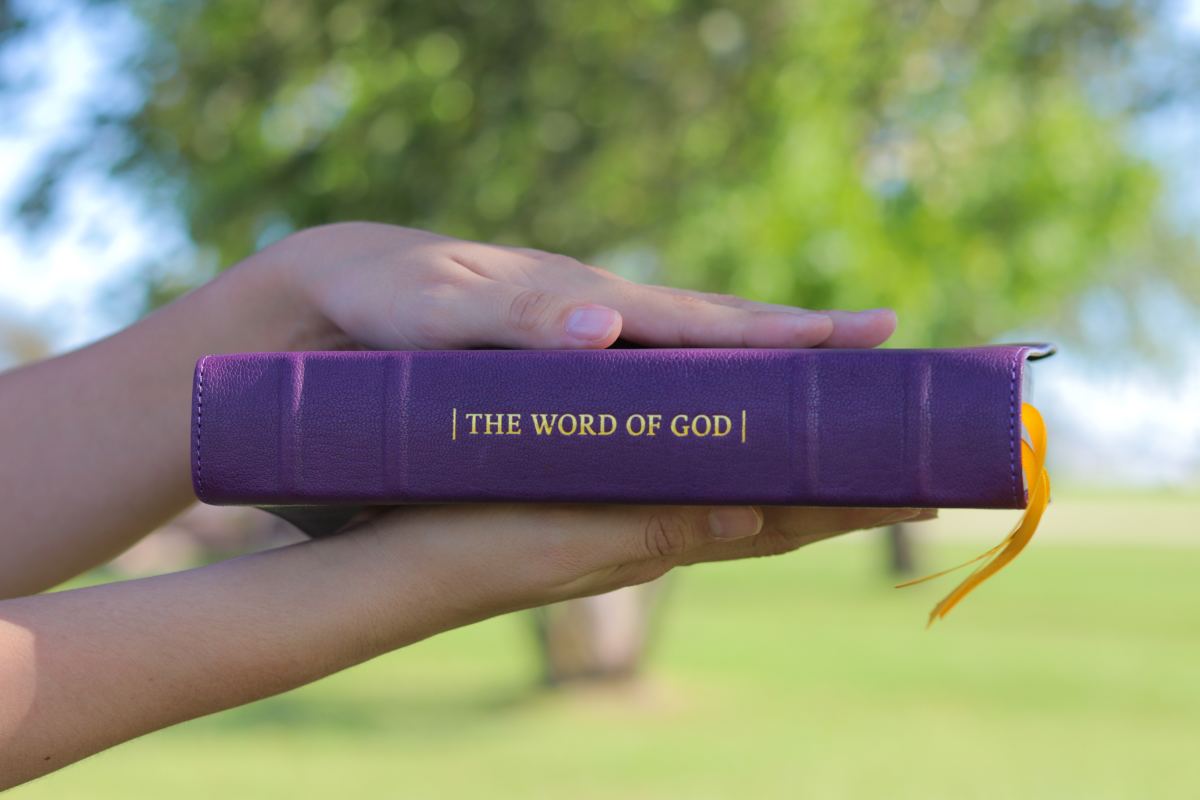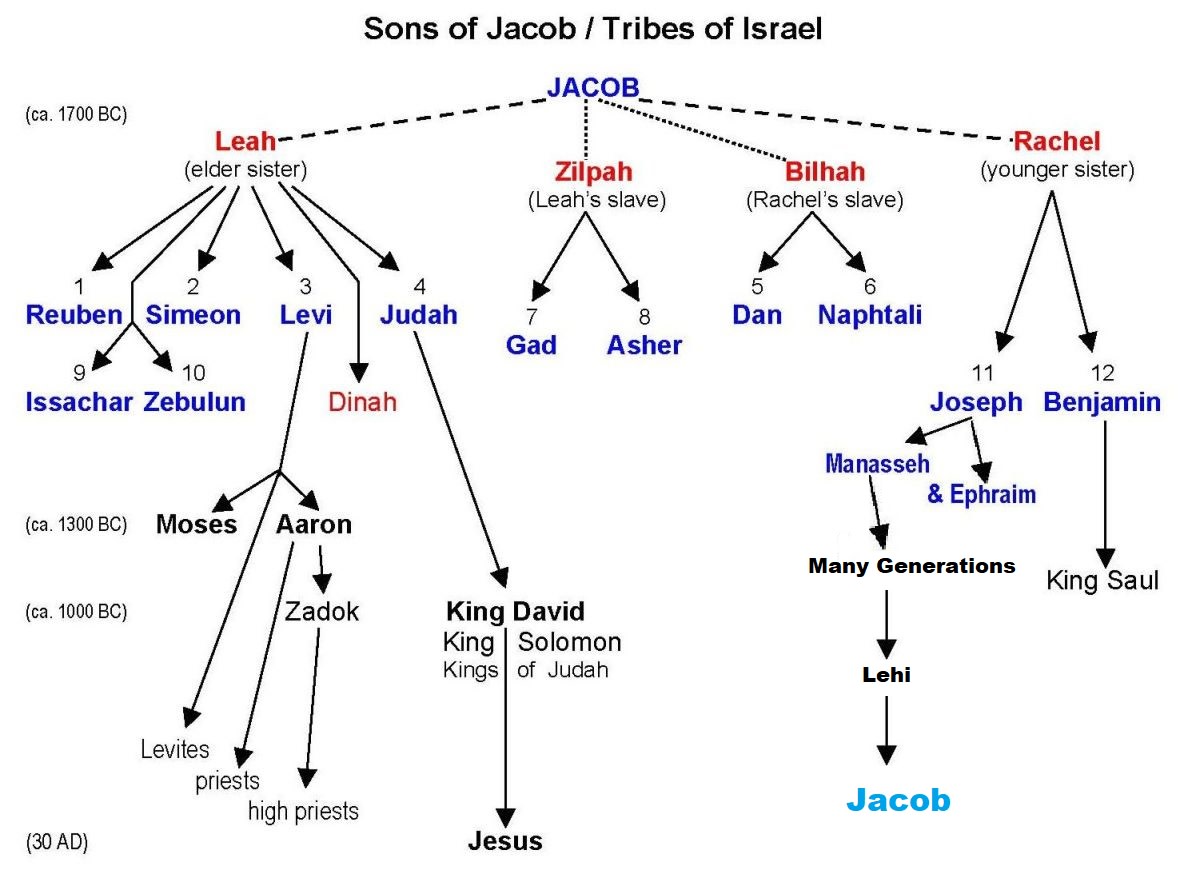Faith Needed Then, Faith Needed Now

Critics of the Church of Jesus Christ of Latter-day Saints (the LDS Church) are quick to judge Mormonism as being false, because there are no ruins that are positively identified as specific cities named in the Book of Mormon. They usually follow that claim with the declaration that the Bible is backed up by all kinds of positive archaeological “proofs,” and therefore the Book of Mormon – or Mormonism – can’t be true, and the Bible is the only valid record that we should follow as God’s Word, because of those “proofs.” These claims are not entirely true (we have Nehum, Jerusalem, and the Arabian Peninsula, to name a few), but that doesn’t matter; their premise is faulty, too assumptive on qualifying conditions, and it completely misses the point.
For example, let’s assume that there do exist new-world cities in our times that were named in the Book of Mormon: There are ruins near Mexico city that are named Teotihuacan. Of course, we don’t know what the city was named before Columbus came, because the Conquistadores burned all the libraries, stole all their gold, and destroyed as much physical evidence as possible. Not only that, but they killed many citizens throughout the land that may have had oral traditions. So if Joseph Smith – the one who is responsible for the Book of Mormon to some degree – chose to use the name “Teotihuacan” as one of the cities, that wouldn’t have been very convincing, because people would have said that this was a post-columbian name. If the name of the city had survived the Conquistadores, then that wouldn’t have been convincing either, because people would have accused Joseph Smith of copying the history books. Because of the circumstances brought on by the Conquistadores, there remains few archaeological pieces of actual Book of Mormon names and stories. Another contributing factor to this lack of evidence is the fact there was evidently earth-changing catastrophes in the Americas when Jesus Christ was crucified (see 3 Nephi 8 and 9). Oral traditions among some Native Americans speak of such destruction (source is pending). That, alone, buried, burned or wiped out over a thousand years of history covered in the Book of Mormon. But, as I said before, this archaeological issue completely misses the point. Why do I say that?
Well, look at the circumstances at the time of Jesus in the New Testament, and the apostolic times that followed: Archaeological evidences existed for almost all the places and things that Jesus or the apostles referred to in their discourses or their writings. But this didn’t move the people. Why? Because archaeology doesn’t teach the gospel. Furthermore, New Testament times (or, the Bible) had a different “animal” than what the Book of Mormon has. In other words, each lacks something that says, “Here is scientific proof that what is being said is true.” The Book of Mormon has a slight archaeological problem (I say “slight,” because there are evidences that I will point out later), and the New Testament has a “precedence” problem.
Precedence Problem: The Jews thought that a new, powerful ruler would come who would overthrow their enemies, then reign in righteousness over their kingdom. That didn’t happen, at least right away.
The religion of the day was the Law of Moses. Jesus said that was done, and they needed to now follow His new law. That hit the people from left field, because there was no precedence for that. There were predictions of a new law, but that would have come from the new powerful ruler they were waiting for, not from a poor boy born in a stable.
Jesus told some that in order to find the Kingdom of God, they had to eat His flesh and drink His blood. Now, that was absolutely crazy, they must have thought, as some left off from following Him right there on the spot.
As far as the miracles Jesus performed, well he must have been a magician, or empowered by the devil (see Matthew 12:24).
The only people that truly followed Jesus were those whose hearts were moved. In other words, nothing scientific or logical moved the people to believe. You won’t find anything that isn’t from the workings of the heart in the New Testament that converted the people. We are encouraged by Jesus and by New Testament writers not to depend on logic or the wisdom of men (see 1 Cor. 1:17-27: "For Christ sent me not to baptize, but to preach the gospel: not with wisdom of words, lest the cross of Christ should be made of none effect. For the preaching of the cross is to them that perish foolishness; but unto us which are saved it is the power of God. For it is written, I will destroy the wisdom of the wise, and will bring to nothing the understanding of the prudent. . . . Where is the wise? where is the scribe? where is the disputer of this world? hath not God made foolish the wisdom of this world? For after that in the wisdom of God the world by wisdom knew not God, it pleased God by the foolishness of preaching to save them that believe. For the Jews require a sign, and the Greeks seek after wisdom: But we preach Christ crucified, unto the Jews a stumblingblock, and unto the Greeks foolishness; . . . Because the foolishness of God is wiser than men; and the weakness of God is stronger than men. For ye see your calling, brethren, how that not many wise men after the flesh, not many mighty, not many noble, are called: But God hath chosen the foolish things of the world to confound the wise; and God hath chosen the weak things of the world to confound the things which are mighty." See also 1 Cor 2:13-14: "Which things also we speak, not in the words which man’s wisdom teacheth, but which the Holy Ghost teacheth; comparing spiritual things with spiritual. But the natural man receiveth not the things of the Spirit of God: for they are foolishness unto him: neither can he know them, because they are spiritually discerned.")
So those that wonder about archaeological evidences for the Book of Mormon are the same type of people who questioned the authority of Jesus, or who worried too much about the precedences that Jesus was evidently ignoring.
In both cases (then and now), faith is needed, and an opening of the heart. In other words, humility is required, and – as Jesus said – one needs to be like a child (see Mark 10:13-15: "And they brought young children to him, that he should touch them: and his disciples rebuked those that brought them. But when Jesus saw it, he was much displeased, and said unto them, Suffer the little children to come unto me, and forbid them not: for of such is the kingdom of God. Verily I say unto you, Whosoever shall not receive the kingdom of God as a little child, he shall not enter therein.")
Children are very teachable. The Holy Ghost is ready to teach us, as demonstrated in the New Testament. But we have to let him in, if this is to happen. One needs to get rid of preconceived ideas and biases in order to let in the Holy Ghost. He is the one who testifies of truth (see John 14:26: "But the Comforter, which is the Holy Ghost, whom the Father will send in my name, he shall teach you all things, and bring all things to your remembrance, whatsoever I have said unto you).
Book of Mormon Evidences
As I promised above, I will now list a few evidences that do exist in support of the Book of Mormon. I do this, not to show any "proofs" as I explained above, but to appeal to the intellectual side of those who need to get cynicism out of the way in order to prepare their heart to receive any witness that the Holy Ghost may decide to send them.
Evidence #1: Nephi, the first writer in the Book of Mormon, mentions a place called "Nahom" in the Arabian peninsula. Recently, a similar name turned up in about the same place that Nephi described. It is called "Nehem." Vowels are not used in the languages in that area, so the inclusion of vowels for the sake of writing out names is a matter of individual interpretation. This is why it is easy to have different vowels in the same word that is used by different people.
Evidence #2: Nephi recorded a dream both he and his father had. It was about a tree that sat by a river of water, with an iron rod running by the river. Six principle characters were named in the dream, four of them showing interest in the tree, and two rejecting any invitation to take of its fruit.
A number of stones were found at Izapa, Mexico, recently, bearing pictographs of historic events. One of those stones is called Stella 5, and bears inscriptions that seem to retell the story of Nephi's dream. It shows these six people, with two of them whose backs are turned from the tree. It also shows the stream, and what looks like could be an iron rod running by it. It also has name glyphs that are consistent with the titles, status or names of three of those characters.
Evidence #3: In southwestern United States, there are remnants of writings that hint of a tribe of Native Americans who were called the "Lamans." This is consistent with Book of Mormon claims that one of the three great nations that dwelt on the American continent was called "Lamanites," named after its chief founder, Laman, son of Lehi. (This paragraph lacks exact details, which will be updated later.)
Evidence #4: The Book of Mormon covers two basic periods: one from the Mesopotamian culture, and one from the Babylonian era. The names of the characters from the Mesopotamian era have characteristics and conventions from that same era. So it is with the names of people from the Babylonian era.
Evidence #5: It has been discovered, recently, that the Book of Mormon has Hebrewisms in its writing structures. For example, instead of saying "Brass Plates," it calls them "Plates of Brass." Or instead of saying "I had a dream," it says, "I dreamed a dream." Also, a Hebristic writing convention known as "Chiasmus" is prevalent in the Book of Mormon, suggesting that it was written by people under Hebrew influence, and not by Joseph Smith.
Jesus has told us, "Blessed are they that have not seen and yet have believed" (see John 20:29). It appears that God has provided a scenario in the times of Jesus that would allow the belief of men in Him, without hard evidence of His divinity. This was apparently so, or the Jews would not have crucified Him. The same is true in our day: Evidences are scarce for the Book of Mormon, so that we might learn to exercise our faith and trust in our Father in Heaven. If proof were prevalent in either New Testament or modern times, then we would not need to exercise what seems to have been defined as the trait that allows the Atonement to work for us: The exercise of faith.








